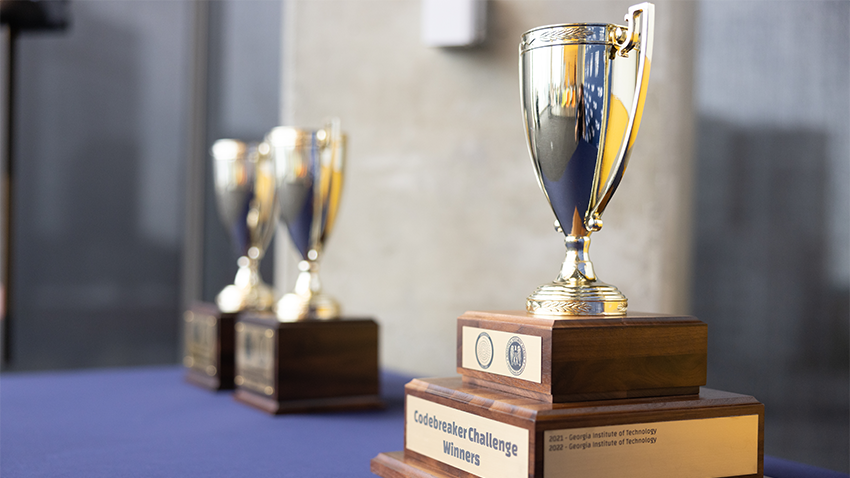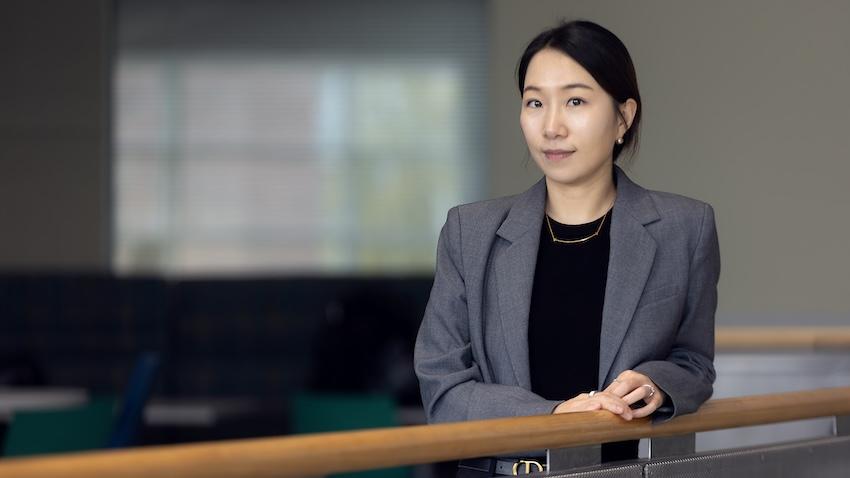
Sehoon Ha Part of $500k Grant to Make Safer, More Deployable Robots
Safety is arguably the biggest barrier to large-scale deployability of humanoid assistive robots.
Large, heavy, and with the potential to suddenly fall over all mean that the risk to humans has remained too high to place this technology in homes, hospitals, retail spaces, or care facilities.
In 2016, however, researchers at UCLA posed a solution: What if we made robots that just couldn’t fall down? Now, researchers at Georgia Tech, in collaboration with UCLA and the University of Southern California, are working to develop a new class of locomotion systems that could enable this technology to become a larger part of our daily lives.
“We have lots of robots,” said Sehoon Ha, an assistant professor in Georgia Tech’s School of Interactive Computing and a co-principal investigator on the project. “But they aren’t in our house or in our stores. It’s mainly because of safety. I have a young daughter. I wouldn’t be comfortable with a full-sized humanoid robot in my house.”
Previously, UCLA developed a new class of robots called “buoyancy-assisted robots.” Instead of the human-like hardware that was bulky, heavy, and subject to the pitfalls of gravity, these legged robots remained erect thanks to a body made of helium balloons.
“Even though there is some mechanical or motor error, it never falls,” Ha said. “It never breaks. It’s super light. Even if it might collide with you, it doesn’t fall and it can’t hurt you.”
Creating a new class of locomotion systems has a couple of challenges: designing a new hardware that is cheap and safe and developing an algorithm that supports locomotion and collaboration. This grant will support development of novel frameworks that address a fundamentally new family of legged robots and empower them with reliable locomotion skills.
“The main philosophy is to deploy the reinforcement learning on real hardware,” Ha said. “This buoyancy-assisted robot is subject to a relatively larger magnitude of drag forces. It’s hard to simulate it. There’s a discrepancy between simulation and the real world. We want to collect real-world experience and limit the reality gap.”
The technology could help carry out a search and rescue in a disaster relief zone or answer a question in a retail space. The new project, funded by a $500,000 grant from the National Science Foundation’s National Robotics Initiative, will help create new locomotion control systems using reinforcement learning to improve the state of this technology.
Already cheaper than its bulkier counterparts, these robots could be as inexpensive as a couple hundred dollars produced at scale, Ha said.
“Now you might imagine a scenario where you could drop 1,000 of these into a disaster area to carry our search and rescue missions,” he said.
The grant runs for four years and research from the project will be open-source to encourage additional collaboration. The grant will also support a competition for middle and high school students using the low-cost platforms to foster student interest in the field.


